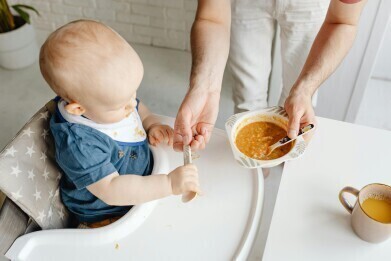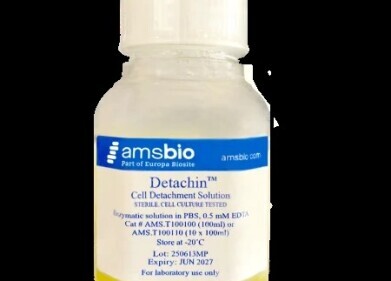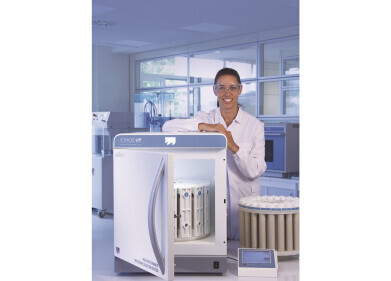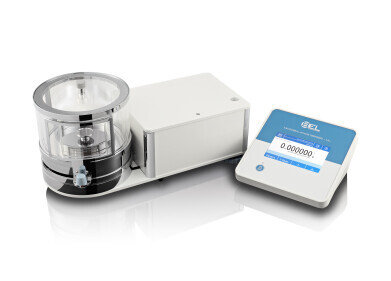Sample preparation
Best practices in sample preparation of baby food for trace metal determination
Apr 29 2024
Food is the fuel for life and our health depends on what foods we eat and also what foods we do not eat. Foods are complex materials containing proteins, fats, carbohydrates, and minerals. Within these there are several elements we need in high amounts such as calcium and sodium, several that are essential that we need in smaller quantities such as manganese and selenium, and others that we must not ingest such as lead and mercury. Eliminating the latter group of elements is critical for the health of adults and even more critical for the health of infants.
Guidance and regulation of toxic heavy metals in foods is driving permissible levels ever lower and the FDA is working on a ‘closer to zero’ plan however we must be able to accurately measure these low levels. The method of choice for meeting these new analytical demands is ICP-MS however the sample preparation must be considered a fundamental step for obtaining accurate and precise results. This includes purity of reagents, contamination from laboratory materials (including the analyst), and sample preparation procedures.
A Milestone e-book download is available from Analytix that provides an introduction to best practices for clean strategies and microwave assisted sample preparation tailored for a ‘closer to zero’ plan in baby food analysis.
The clean strategies section considers the role of costly highly purified acids, the mechanism of making them in-house from low-cost reagents, and the obtainable levels of trace metal contamination from using this process. Also discussed is the cleaning of parts and ancillary pieces that come into contact with baby food samples when determining trace elements such as As, Cd, Pb, and Hg.
The sample preparation section discusses the use of two closed vessel microwave digestion systems and provides data where LOQs were reduced by increasing sample weight coupled with a lower dilution factor with complete digestion under those conditions. The total sample workflow demonstrated will enable laboratories to measure levels at future proposed action limits where current ICP-MS systems would struggle without the discussed changes to sample preparation methodologies.
Digital Edition
Lab Asia Dec 2025
December 2025
Chromatography Articles- Cutting-edge sample preparation tools help laboratories to stay ahead of the curveMass Spectrometry & Spectroscopy Articles- Unlocking the complexity of metabolomics: Pushi...
View all digital editions
Events
Jan 21 2026 Tokyo, Japan
Jan 28 2026 Tokyo, Japan
Jan 29 2026 New Delhi, India
Feb 07 2026 Boston, MA, USA
Asia Pharma Expo/Asia Lab Expo
Feb 12 2026 Dhaka, Bangladesh



















